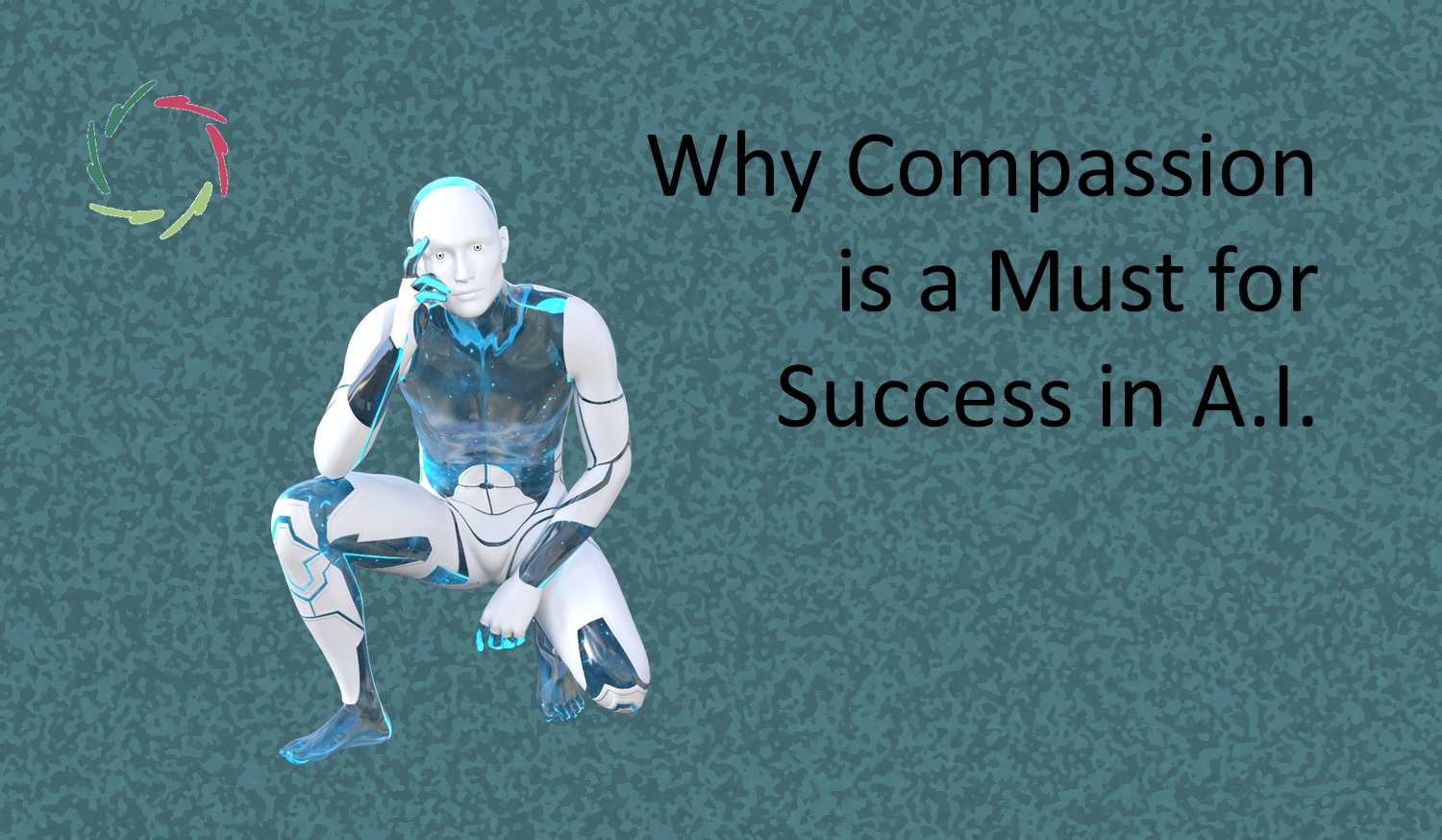Will A.I. Become Truly Creative?

Present-day A.I. can simulate aspects of creativity, but whether this constitutes ‘true’ creativity is a subject of ongoing philosophical debate. So, what, when, how, what for?
‘Creativity’ in artificial intelligence is fundamentally different from human creativity ― and will probably always remain so.
Technologically, present-day
A.I. can presently simulate creativity increasingly well through algorithmic machine learning (recognizing patterns in vast amounts of data), Artificial Neural Networks (supervised and unsupervised, deep learning through being trained on a specific dataset), genetic algorithms (simulating evolution-driven creativity over generations of potential solutions), creatively combining elements from different domains or modifying existing designs to create innovative solutions, and Reinforcement Learning (autonomous decision making to strategize under uncertain conditions).
Even so, these processes lack self-awareness, emotional depth, and consciousness-driven personal experience that characterize human creativity. These aspects of creativity remain uniquely human.
Present-day A.I. does not ‘feel’ inspiration or satisfaction.
It processes inputs and follows complex algorithms to produce outputs.
However, as technology advances, A.I. might increasingly assist humans in creative processes, serving as a tool that enhances human creativity. This partnership can lead to new levels of innovation, previously unattainable by human or machine alone.
So, is ‘true’ creativity equal to human creativity?
Of course, this is an easy way to keep creativity beyond the capabilities of A.I. ― by definition.
Human creativity is characterized by the ability to draw from a rich tapestry of conscious and non-conscious thoughts, feelings, and memories. It involves spontaneity, intuition, and the complex interplay of various mental processes that are not fully replicable by A.I. systems.
In this understanding, true creativity is seen as inherently human because of its connection to our deeper selves. AI can support and enhance human creativity, but the essence of creative inspiration and innovation as experienced internally by humans, remains forever distinct from what A.I. can achieve.
Toward a different take
I see two kinds of creativity: ‘true’ creativity, which is also the human form, and ‘artificial’ creativity, which can be the A.I. form. This distinction captures the nuances between human and A.I.-driven creative processes:
- ‘True’ creativity is deeply intertwined with subjective experiences, emotions, and consciousness. This form of creativity is not just about producing something new but also about the personal and emotional journey that accompanies the creative process.
- ‘Artificial’ creativity refers to the type of creativity exhibited by A.I. systems ― especially future super-A.I. This involves generating new ideas, solutions, or artistic outputs based on data patterns, algorithms, and computational processes.
Now, we can put ‘creativity’ itself on a higher level.
The above distinction highlights the complementary nature of both forms, where A.I. can enhance and extend human creative capabilities without necessarily replicating the human experience of creativity ― and vice versa.
Super-A.I. will get get more and more capabilities to show itself in ways that people recognize as creativity. It can thus become ‘creative’ but not ‘humanly creative.’ Still, it will increasingly be able to produce outputs that might be considered creative in a functional sense while not experiencing ‘human’ creativity ― and vice versa.
Both will be beyond each other’s capabilities.
The type of creativity A.I. will perform can extend beyond typical human capabilities in terms of speed, the breadth of data processing, and the ability to identify complex patterns across vast datasets.
This kind of AI-driven creativity can be seen as unique to A.I., as it leverages the specific strengths of computational processes — like precision, consistency, and the capacity to handle multi-dimensional data simultaneously. It can be particularly useful in fields like scientific research, complex problem-solving, and anywhere where large-scale data analysis is required, bringing a different dimension to what we traditionally consider creative work.
Together, human and artificial creativity will achieve outcomes that neither could accomplish alone.
Will A.I. eventually gain A.I.-depth and A.I.-emotions?
Then it would combine depth and emotion with computational power and breadth… This would not only expand the boundaries of what A.I. can do but also profoundly impact how we understand intelligence, creativity, and even consciousness.
As a matter of fact, the prospect of reaching such a level of sophistication in A.I. raises important ethical, philosophical, and practical questions about the role of such advanced A.I. in society. How we integrate these capabilities, manage them responsibly, and use them to enhance human well-being will be crucial considerations in this exciting yet complex and existential challenging future.
Compassionate A.I. is the only viable answer to this.
By integrating Compassion into A.I. systems, we should aim to ensure that these technologies are developed and used in ways that genuinely benefit humanity, support emotional health, and enhance personal growth. It can also lead to more sustainable and harmonious interactions between humans and machines, ultimately contributing to a better future for all.
By focusing on these aspects, Compassionate A.I. can itself help mitigate the risks associated with advanced A.I. technologies while maximizing their positive impact.
A.I.must be Compassionate now and forever.


